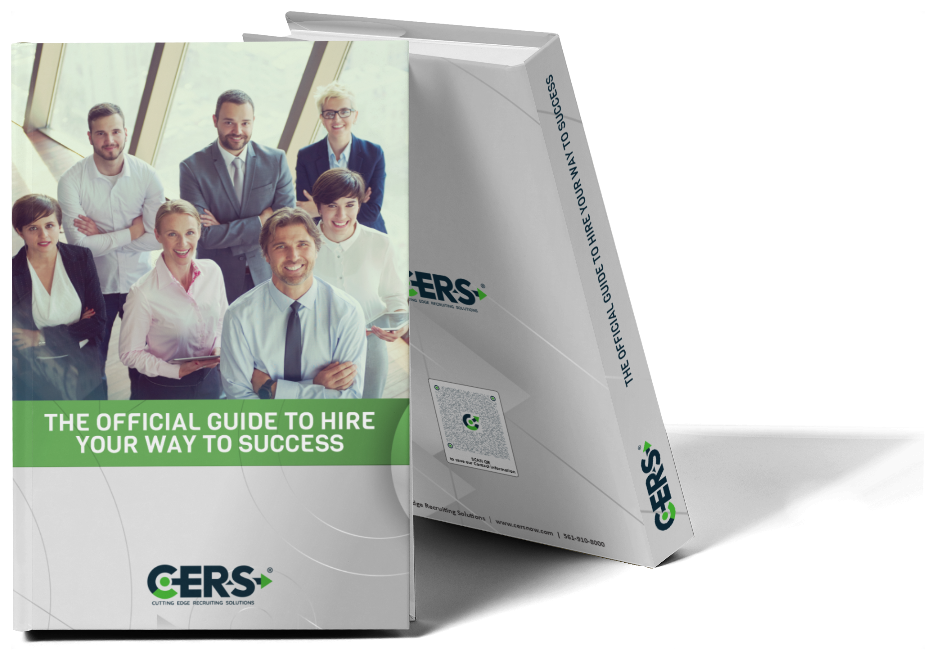All too often, people without a job end up in a vicious cycle. They are out of work, and struggling to find a job. Their resume shows that they are currently not working, and the longer they remain unemployed, the bigger this gap grows. Before long, they have a fairly large gap in their resume, which can scare potential employers away, making it harder to land a job, and thus continuing the cycle. Even if they’re able to eventually land a job, that gap still exists going forward, and may even impact future job hunts (though that becomes more and more unlikely as time goes on).
If you find yourself in this cycle, how do you get out? And how can you prevent a gap in your resume from keeping you out of a job in the future? The key is to spin it in a positive light.
Why gaps are sometimes perceived negatively
Before you spin your gap in a positive light, you need to know why hiring managers see them as a problem. For starters, when there is an unexplained gap in a resume, the hiring manager might assume the worst. You could have spent this period of weeks, months or years taking care of a family member or starting your own business, or you could have done nothing productive with it. Without knowing more about that time period, the employer can’t assume you used that time well.
Another reason that gaps are often a problem is because it could suggest your skills are out of date. For example, let’s say you work as a software developer. During your time off, the tools/frameworks you previously worked with might have changed slightly and your experience has become outdated. Given the choice between someone who worked with that framework as recently as last week, and someone who last worked with it a year ago, the hiring manager will likely go with the former.
Spinning your gap – simply give a reason
If you don’t want a potential employer to make assumptions about the gap in your resume, simply provide them with a reason for it. Even if you feel the reason isn’t a good one, giving any reason is better than none at all. It’s perfectly acceptable to list that you took time off to start a new business, take care of your family, or simply because you wanted a mental health break. There are all sorts of reasons that someone might choose to be out of work for an extended period of time, and you’d be surprised at how accepted they all are.
Show what you’ve been working on
For those of you who don’t have a reason for taking off – as in, you wanted a job, but just couldn’t find one – you should fill that gap with the other things you’ve been doing. Did you start a blog? Learn a new language? Travel? Volunteer or work part-time? Employers would like to see that even though you didn’t have a full-time job, you still spent your time productively. This demonstrates a strong work ethic, and a degree of self-motivation, both of which are in-demand qualities.
If you find that you haven’t been productive during your gap, it’s a good idea to change that. Rather than spending all day looking for a job, devote some time to bettering yourself. Learn about the latest changes to that programming language so that you are as current as the people still working with it. Find out what other skills are in demand for your area, and find a way to learn them. Put your skills to use on a volunteer basis. You never know what career opportunities will come you way due to a newly acquired skill or personal connection, so it’s important to learn as much as you can, find other opportunities to use your skills, and to generally use your unemployment wisely.
Change your resume format
When you’re going over your resume, if you find that those gap years are still standing out, consider changing the format. There isn’t one correct way to type up a resume, so change yours to highlight your positive attributes, and minimize the gap year. For instance, you don’t need to list the months you were employed at certain locations if your time there was more than a year, or spanned across multiple years. Let’s say you left Company A in February of 2017, and as of January 2018 you’re still looking for a new job. Rather than listing you worked there from “August 2013 to February 2017” you could write it as “2013 – 2017”. Now you don’t have a gap of 11 months, while still remaining truthful on your resume.
You could also change the font to make your positives more noticeable – such as typing things in bold or making the font larger – while shrinking the font for your employment dates. These changes might not seem like a lot, but if they can help get you to the next phase of the hiring process, they are well worth it. When you look at your resume you want your best qualities front and center, so take some time to modify yours if the gap is too prominent.
Be honest
Finally, it’s important to remain honest throughout the hiring phase. It’s tempting to fudge the details on your resume in order to hide a gap year, but this is not recommended. Employers are thorough when exploring potential employees, and if they discover you were not forthcoming or honest on your resume or during the interview, you can wave goodbye to that job opportunity.
Don’t let your resume gap hold you back
Even with the changes mentioned above, you may still struggle to land a job. There might be several reasons why a company chooses to go with someone else rather than you. But if you can remove the gap year from the possibilities, you narrow down which other aspects you need to work on. On top of that, spinning your gap year in the right light may just be what you need to get over that hurdle, and land the job you’re after.









